What are the core differences in the structure of new energy vehicle chassis compared to traditional fuel vehicles? Compared with traditional fuel vehicles, new energy vehicle chassis have the following core structural differences.
The chassis of traditional fuel vehicles is centred on the engine, which requires the arrangement of complex mechanical components such as drive shafts, gearboxes, fuel tanks, etc., resulting in a fragmented and heavy chassis structure. On the other hand, the chassis of new energy vehicles is powered by battery packs and motors, and the batteries are usually laid flat in the centre or rear of the chassis, forming a regular modular layout. The chassis of Tesla Model 3 significantly lowers the centre of gravity and improves handling through the integrated layout of batteries and motors.
Conventional fuel vehicle suspension systems are mainly passive or semi-active, making it difficult to balance comfort and handling. The chassis of new energy vehicles is controlled in three directions through active suspension technology. For example, BYD’s Cloud Chariot system senses road bumps in real time through LIDAR and cameras and automatically adjusts suspension damping; Huawei’s Turing platform, combined with the ADS Intelligent Driving Sensing System, identifies road conditions 150 metres in advance and actively adjusts the suspension state.
The braking of traditional fuel vehicles relies on the friction between brake pads and brake discs to generate heat, resulting in a complete loss of energy. New energy vehicles introduce an energy recovery system that converts braking energy into electrical energy for storage through motor reversal. The brake booster system of new energy vehicles has shifted from the vacuum booster pump of fuel vehicles to the electronic booster pump, which has a faster response speed.
The chassis of new energy vehicles needs to integrate core components such as batteries, motors and electronic control, which requires higher requirements for compactness and lightweighting. The Tesla Model Y rear floor assembly adopts integrated die-casting technology, reducing weight by 30%; the chassis of the Azera ET7 is designed with aluminium alloy materials and topology optimisation to ensure strength while achieving weight reduction.
New energy vehicle chassis are transitioning from mechanical control to wire-control technology. Wire-control chassis replace mechanical connections with electrical signals and support redundant design for autonomous driving. The integration of the chassis domain controller with the intelligent driving domain and cockpit domain enables the vehicle to automatically adjust suspension stiffness, steering ratio and other parameters according to road conditions and driving habits.

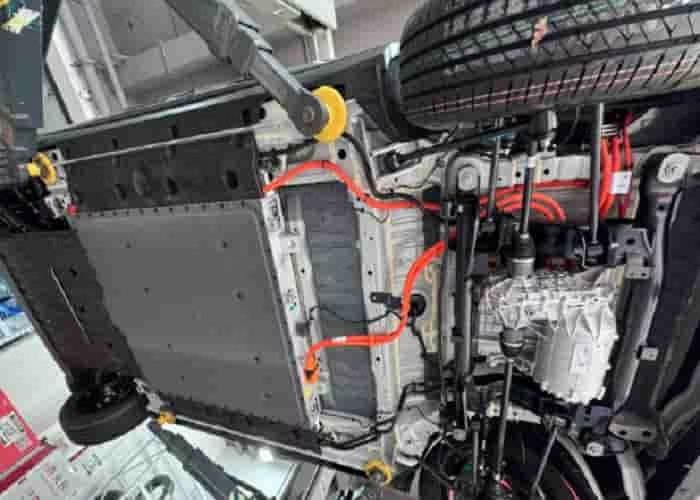
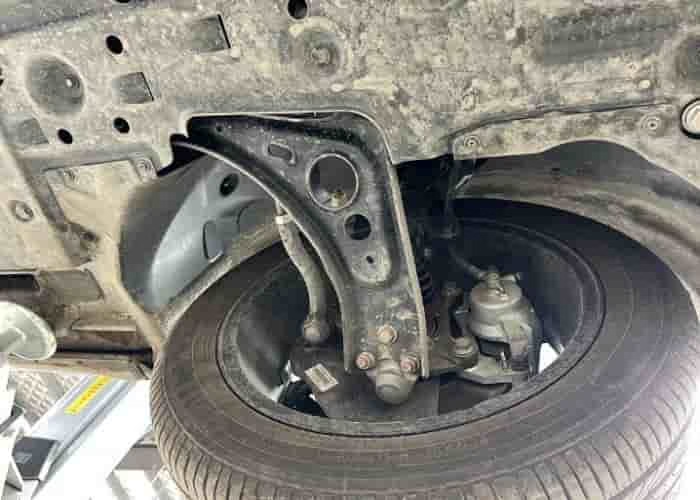
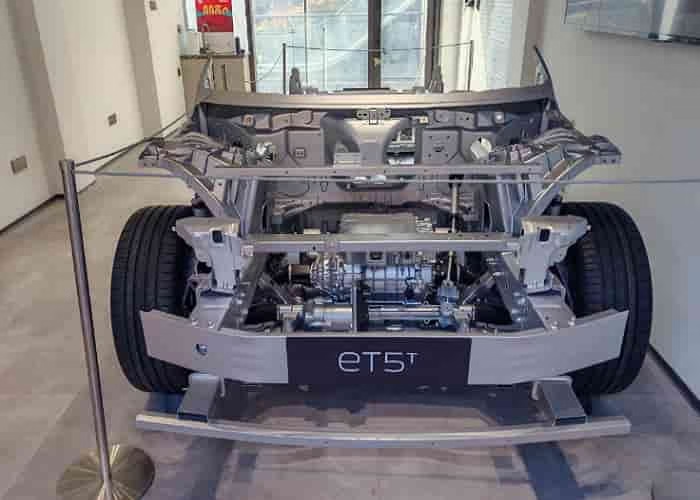
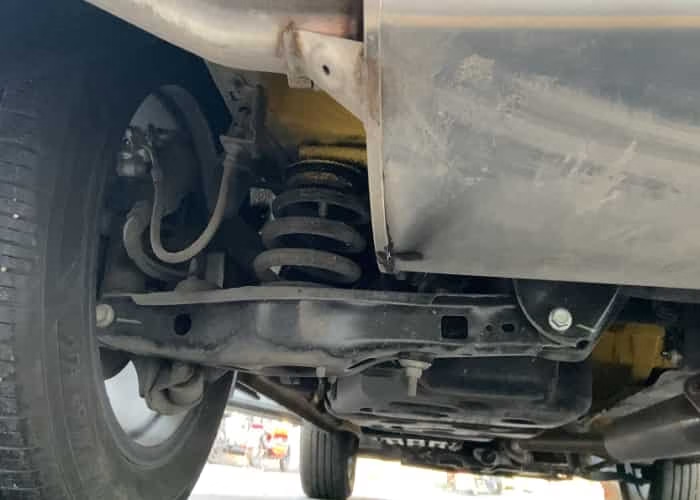
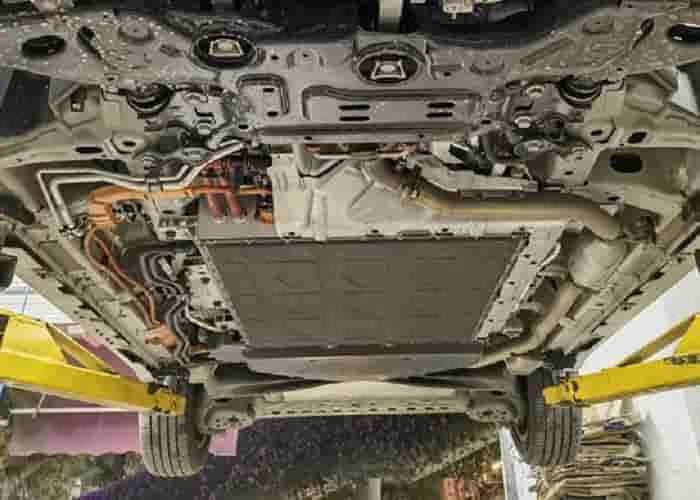
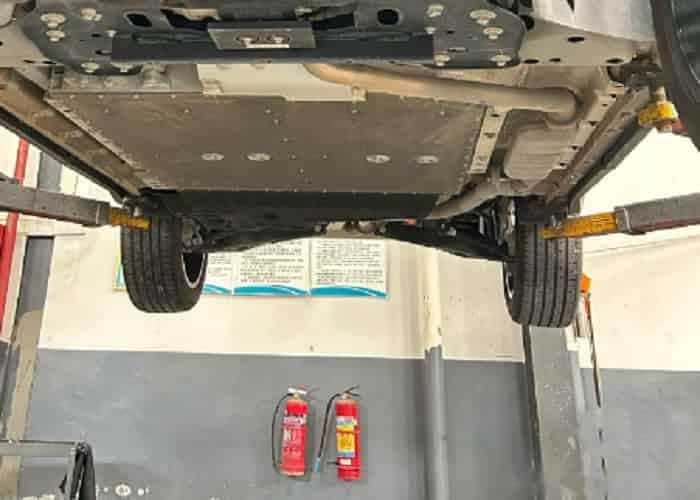
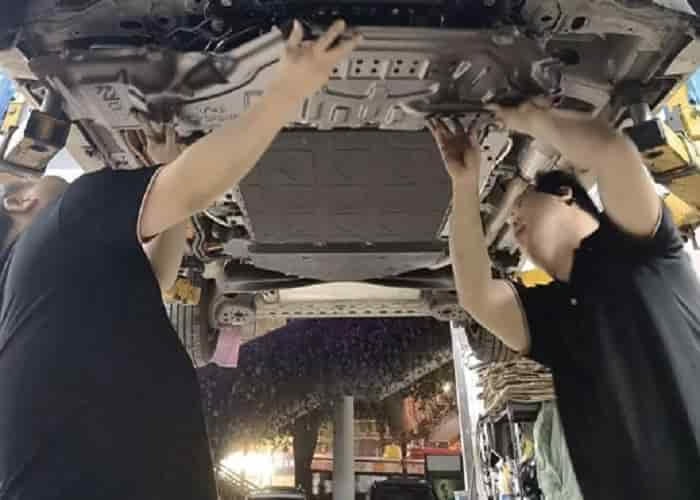

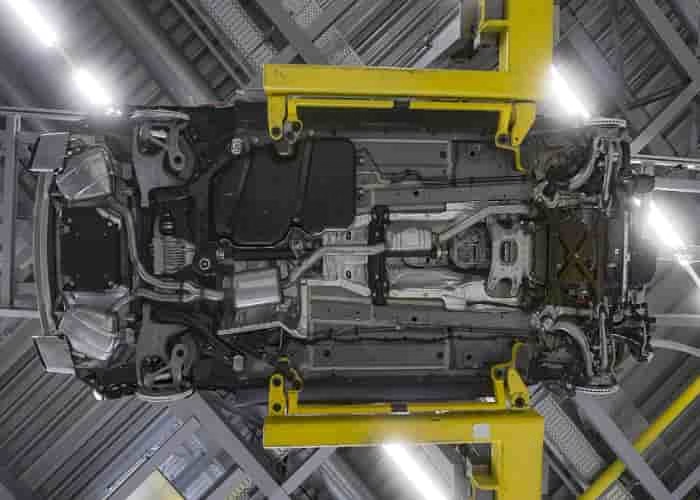
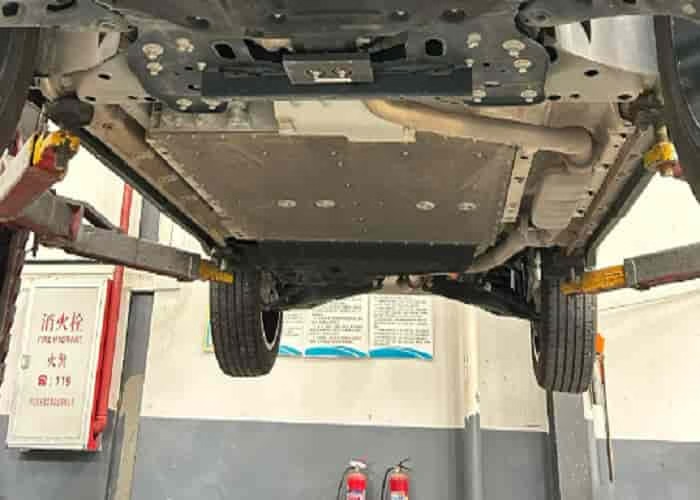
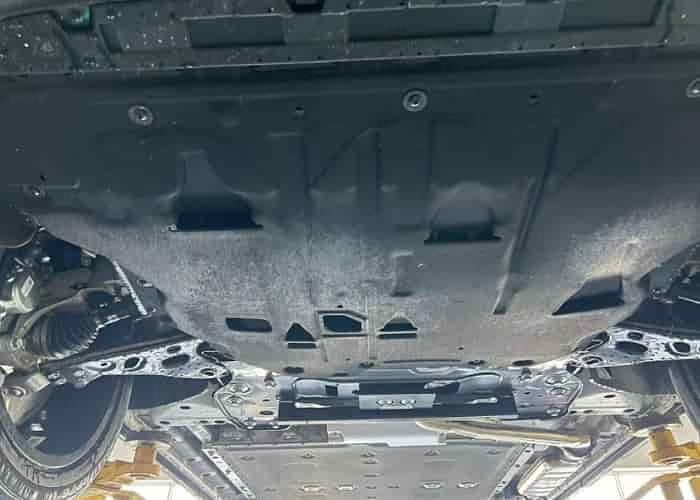




Leave a Reply